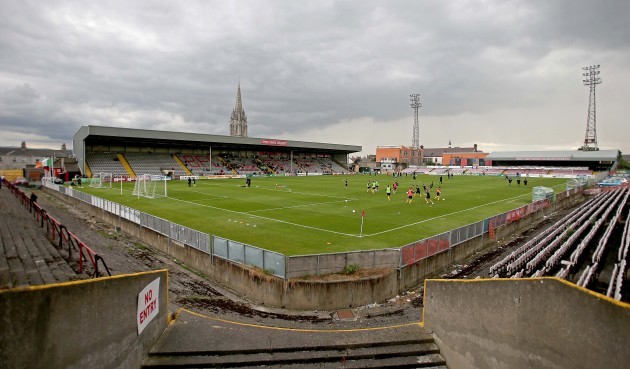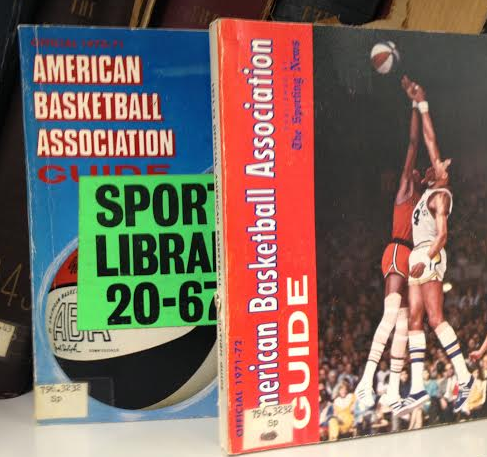1. “A 90-minute wait for McGregor is not that surprising, especially from a media phenomenon who calls himself ‘The Notorious’ and was barely known outside his old Dublin neighbourhood of Crumlin two-and-a-half years ago. McGregor once worked as a trainee plumber. Now he is such a huge star that 70,000 people applied for tickets to attend his press conference in Dublin this year.”
Guardian sportswriting great Donald McRae’s revealing interview with Conor McGregor was equal parts entertaining and emotional.
2. “It’s easy to point out that guys like Tiger and A-Rod deserve no one’s sympathy, that they’re classless narcissists who violated sanctity and integrity and deserve to reap what they’ve sown. Maybe so, but really, who isn’t? Just as I can’t really temper my emotions when the Rangers lose a Game 7, another part of being so fascinated by sports and athletes is that oftentimes I’m drawn like a moth to the people who are all up in flames. I’m not proud of it, but as these guys might say: It just is what it is. And honestly? It’s just more fun this way, even when it’s also more grim.”
The always excellent Katie Baker on Grantland is standing up for sport’s bad guys.
3. “First and foremost, Dalymount Park has been a venue for sporting theatre since 1901. International icons of the calibre of Pele, Zinedine Zidane and Marco Van Basten have played there; as have local folk heroes like Johnny Giles, Liam Brady and Noel Cantwell. The Busby Babes played a European Cup tie against Shamrock Rovers in Dalymount in 1957, the year before the Munich air disaster. The ground was the venue for FAI Cup finals and landmark European ties for clubs across Ireland.
“Dalymount’s primacy as the venue for elite football competition in Ireland during the twentieth-century has left a trail of vital source material through which Irish society can be better understood.”
Ciaran Priestly’s informative history of Dalymount Park and Irish football’s early identity crisis.
4. “Now, on the first major topic asked of him, Moyes has said the wrong thing and is compounding the mistake by trying to say he has been misrepresented. The consensus is that he has dropped a major bollock. Knows it. But will not admit it. These are the noises coming from within Manchester United. Moyes surely recognises his language was, at best, clumsy. And clumsiness is not brilliant when dealing with journalists whose job it is to scrutinise everything.”
An extract from Jamie Jackson’s new book about David Moyes‘ time in charge of Manchester United was published in The Guardian.
5. “It’s a different game in 2015 than it was in, say, 1995. The king of sports magazines remains the king of sports magazines, but that doesn’t mean what it once did. Everything today is about digital; about instant buzz. The idea of sitting down on your couch and taking an hour to pour through a seven-page Evander Holyfield feature is one of the distant past. Give us 140 characters, and make them quick. Hell, a few weeks ago a young sports fan asked me if Sports Illustrated still exists in print. My verbal reply, “Of course.” My mental reply, “Fuuuuuuck.”
Jeff Pearlman says an emotional farewell to the Sports Illustrated library.
6. “By Christmas, indeed, Balotelli did not know the names of some of his team-mates – regulars who feature in the starting XI. It is reasoned he lost out on moments where relationships are developed because he missed home cooking so much that rather than eating at Melwood before and after training, he organised for lunch and dinner to be delivered to his Formby mansion from an Italian restaurant.”
Simon Hughes of The Independent has taken a scathing look at Mario Balotelli’s time at Liverpool.
“It is a simple game that no one wins. The traditional game of Burma, chinlone involves keeping a woven rattan ball off the ground without using your hands. There is no set number of players. There may be as few as two, or as many as six or seven, but the aim is the same: keep the ball aloft, and do so in as stylish and skilled a manner as possible while doing it.”
Spencer Hall’s beautiful tale about learning from Burma’s hidden gem for SB Nation.
Know your sport? Prove it in our weekly quiz
10 hurling veterans who showed they could still strut their stuff in 2015


